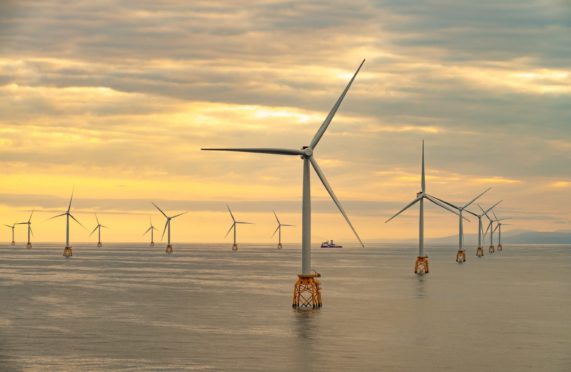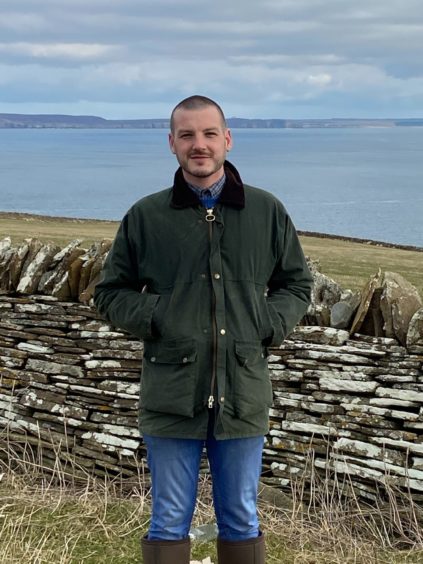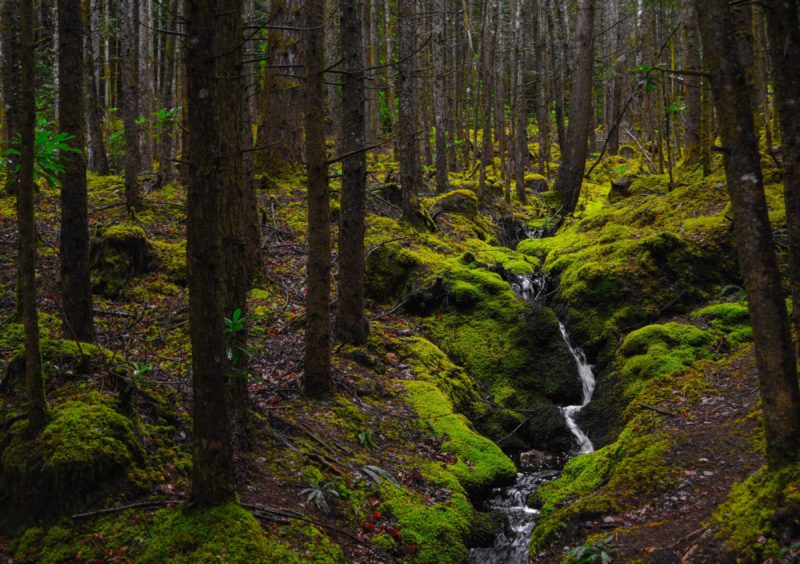In two months’ time the world will descend on Glasgow to address the biggest threat modern humans have ever faced: climate change.
Postponed by a year to deal with the Covid-19 pandemic, this Conference of Parties (COP) is widely recognised as the most important since Paris and the ‘Paris Agreement’ in 2015. Many of us hope that a just transition, that is a transition to net-zero carbon emissions that is fair and works for all, will be a key theme in discussion.
Both the Scottish Government and UK Government aim to use the event to showcase green credentials on an international stage. But what can we in the Highlands and Islands showcase in respect to national and international climate change targets?
The region is home to Scotland’s largest offshore wind farm, the world’s largest tidal stream array, the world’s most powerful tidal turbine, a large percent of national onshore wind capacity and most of Scotland’s hydro capacity. We currently produce more than 300% of electricity demand from renewable sources, exporting the rest to population and industry in the south.
Still a way to go to delivering on just transition for Highlands and Islands
The Highlands and many of our Islands are rich in 21st Century black gold. Not oil, peat. Caithness and Sutherland are home to the Flow Country, Europe’s largest expanse of blanket bog and the best example of its type in the world. This is invaluable in storing carbon and also its removal from the atmosphere, if in good condition or restored.
Forestry and woodland can also be found in abundance across much of the Highlands and, if in the right place, is vital in sucking carbon out of the atmosphere and converting it into an arsenal of net-zero construction material.
Our coastal areas and offshore waters host a range of ecosystem services, vital for biodiversity, climate and society.
Our region accounts for just over half of Scotland’s land mass but only around 9% of Scotland’s population. With much of the national resource, but with much less say on the national stage on how this is utilised, there is still a way to go in delivering on a just transition for the region.
We have the highest rates of fuel poverty and pay the highest price per unit of electricity across the UK, despite many of us living in sight of energy infrastructure. For every success story, such as transitioning from oil and gas to renewables in the Cromarty Firth, we still see failures like those at Machrihanish.
How do we ensure a fair system?
As we look to monetise the land under our feet with carbon credits, how do we ensure equitable share of profit from an inequal land system?
Academia certainly has a role to play in helping to understand these issues.
My job title includes five words, three of them are environment, economy and society. Those interested in sustainability will recognise that these are the three main pillars of the concept. Sustainability is about us meeting the needs of the present without compromising the ability of future generations to meet theirs.
We should also be stronger in voicing concern about the issues putting our region most at risk beyond climate change including biodiversity loss, depopulation and lack of investment in infrastructure.
Covering the whole region, as well as Moray and Perthshire, the University of the Highlands and Islands now covers the largest geographical area of any campus-based university or college in the UK and has one of the largest student populations in Scotland, at over 35,000. It is arguably the biggest success story in the region in the last 50 years.
The university has certainly delivered towards a more sustainable Highlands and Islands and continues to do so, much of the world-class research covering these key industries and environments is led by partners of the university and found within the region. The university is a fundamental social and economic driver across the region and works with many key stakeholders to deliver for the region.
We need to be bolder on climate and net-zero targets
Yet we still have a long way to go on delivering a just transition.
The university needs to be bolder on climate and strive to net-zero as early as possible. We should also be stronger in voicing concern about the issues putting our region most at risk beyond climate change including biodiversity loss, depopulation and lack of investment in infrastructure.
We need to be working with other regional partners, who also need to be bolder, to deliver a stronger and more cohesive regional vision for a just transition.
The university has set out a new strategic plan which is all about ‘Daring to be Different’. In a time of climate crisis this should be used by all students and staff to help deliver a just transition and lead the university to its fundamental mission “to have a transformational impact on the prospects of our region, its economy, its people and its communities.”
Magnus Davidson is a Research Associate: Environment, Economy, and Society at the Environmental Research Institute, North Highland College, University of the Highlands and Islands


